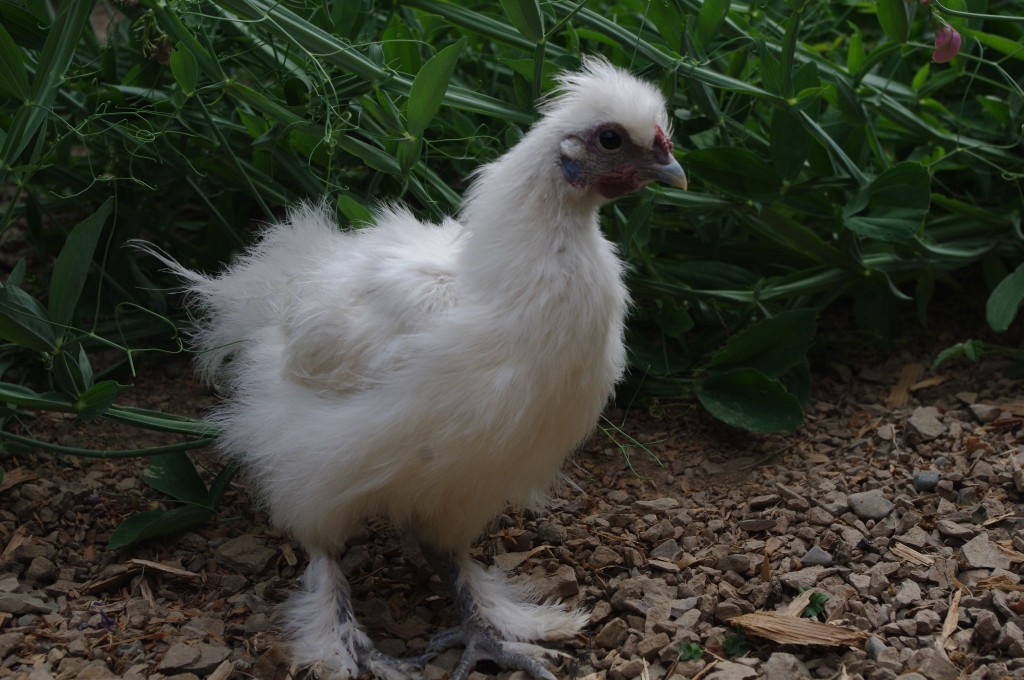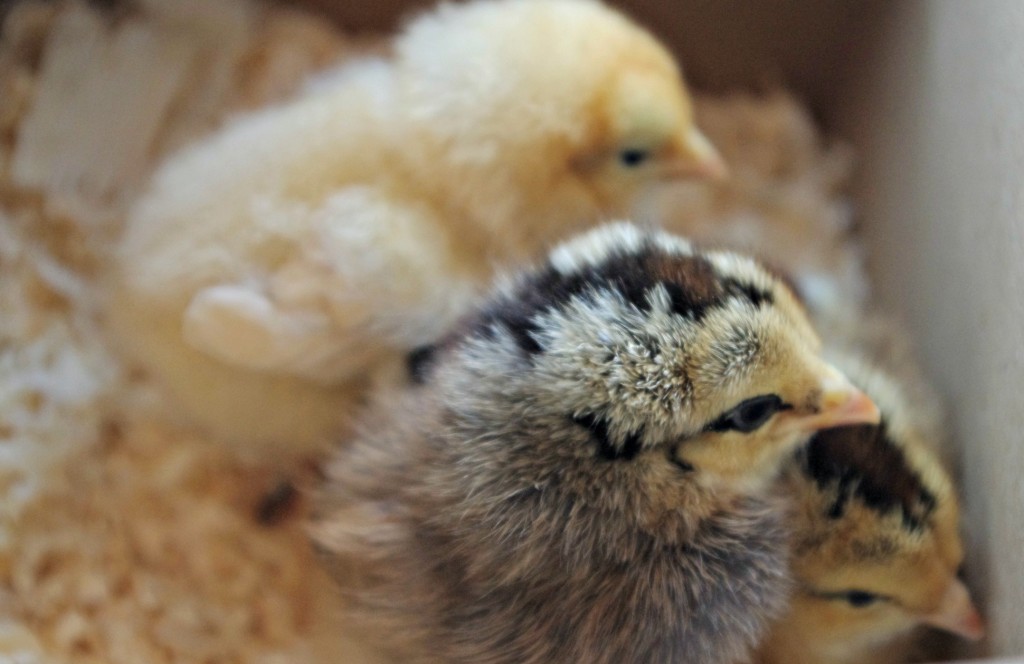We haven’t really been doing this “baby chick” thing for very long, but from the beginning it has been important for me to fns out how to tell a rooster from a hen, and choose potential hens vs roosters to add to our farm, and to find a system to sex baby chicks before we bring them home.
How to tell a rooster from a hen
As “pacifist” farmers (if that really is a thing) we tend to not want to EAT our fowl, but raise them for eggs and companionship instead. We have been lucky so far, and out of 18 hatched chicks, only ended up with 4 roosters – 2 of which were quickly re-homed due to their gentle nature. We learned early on from watching our chicks grow the most obvious ways of figuring out how to tell a rooster from a hen.
That was our first year anyway.
The second brought more little hatches to the farm, and more roosters. From a hatch of 8, we had 3 roosters. Ugh.
Now with springtime just around the corner, and the kids asking about hatching MORE chicks, the fear is growing. Even if we aren’t hatching them ourselves, the chicken swaps, and local feed stores are about to be filled with fluffy babies that our kids have a habit of “falling in love” with. But, is there a way to pick and choose and play the odds to get hens over roosters, even with week or day old chicks? How does was tell a rooster from a hen in day old chicks?
So, CAN you actually sex baby chicks?
I think so, and so far have been right 95% of the time (there has to be room for error right)
Here are a few tips to help you figure out how to tell a rooster from a hen, and pick the hens!
1. Always compare. Sexing a chick on its own without comparing it to others of the same breed and age is difficult. Boys are usually bigger in size, and also have bigger feet and combs. If you are pulling them out of a batch, choose the smaller chicks, with the less obvious combs.
2. Combs: The boys usually have a more prominent comb and waddle than the girls right away, and being able to compare a grouping will allow you to pick the smaller combed and waddled birds.
3. What about chickens with NO combs? Much harder to sex these guys and gals! In Silkies and Polish, the males will have more prominent head “foliage” Their feathering will be a wee bit more dramatic then their female counterparts.
4. Noises . As chicks get older the boys and girls tend to make different sounds. We have noticed that the little boys tend to make more of a peep, a louder noise, sweeter sounding actually, than the girls. Of course, as soon as your rooster crows you will know, but by then you have already probably fallen in love with it.
5. Behaviour. Yes, this starts RIGHT at the beginning in some. You know that one chick that likes to stand on momma hens back? I am putting my money down that THAT one will be a rooster. The boys are usually more dominant, and take the lead more often than the girls. They also tend to instinctively protect the others by sitting in the front, or keeping an eye out more often.
6. Feathers. We have noticed our little boys are hatched with better feather colours than the more bland coloured girls. As well, in chicks that haven’t reached maturity, the boys will have pin feathers starting to come in (the long feathers behind the neck) before they start to crow. Their tails will stand taller, and they will be more attractive than their female counterparts.
The boys will also start rough housing earlier, although this isn’t 100% as the girls will do it too! They just taking “pecking order” to a whole other level.
So, while you can’t fully sex baby chicks, you can bend the odds in your favour by following our little list. Being able to tell a rooster from a hen, early on, will give you a better ROI to your hobby farm and less drama with the kids! Trust your instinct, and choose wisely, otherwise another rooster will be joining the flock!


